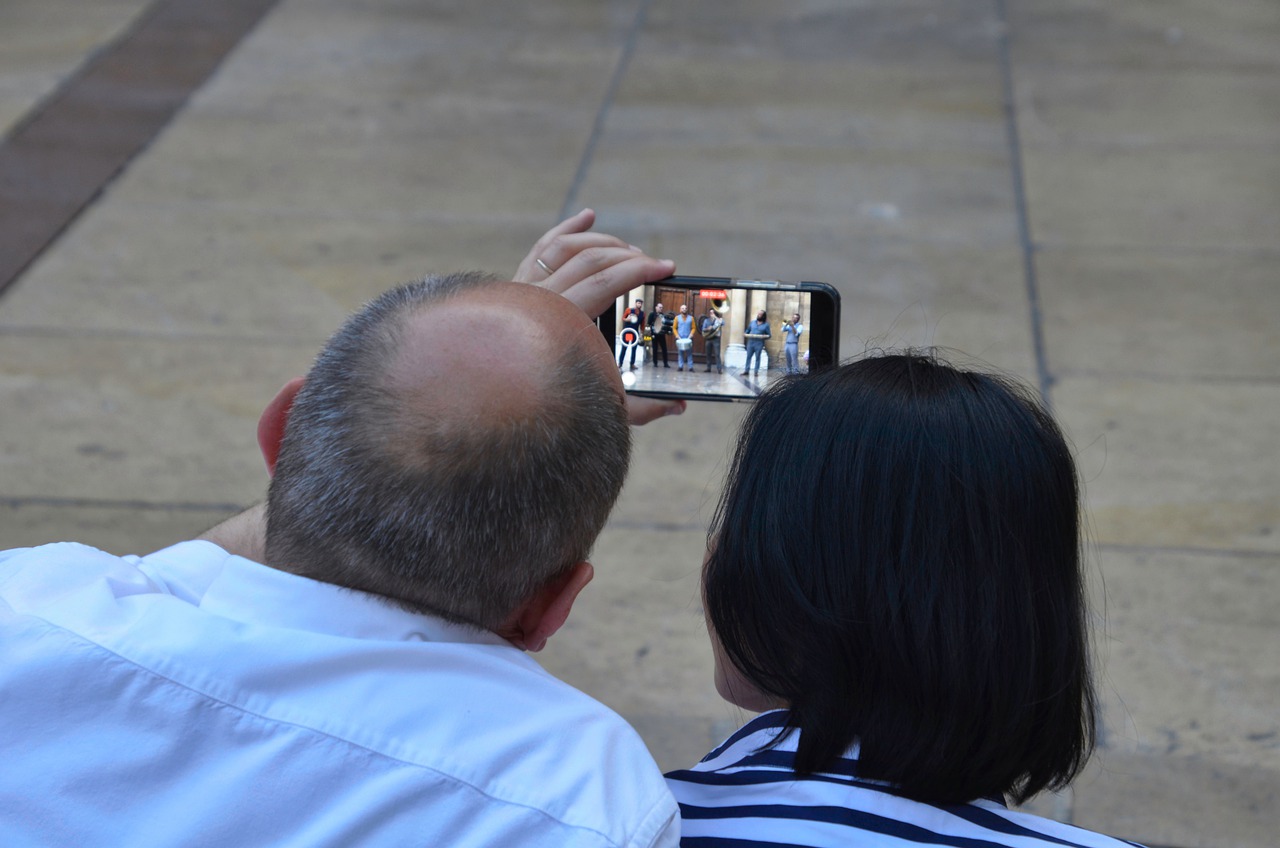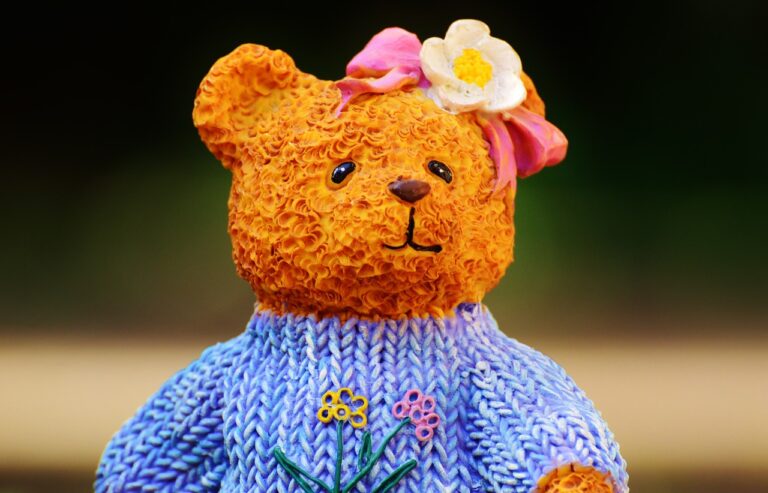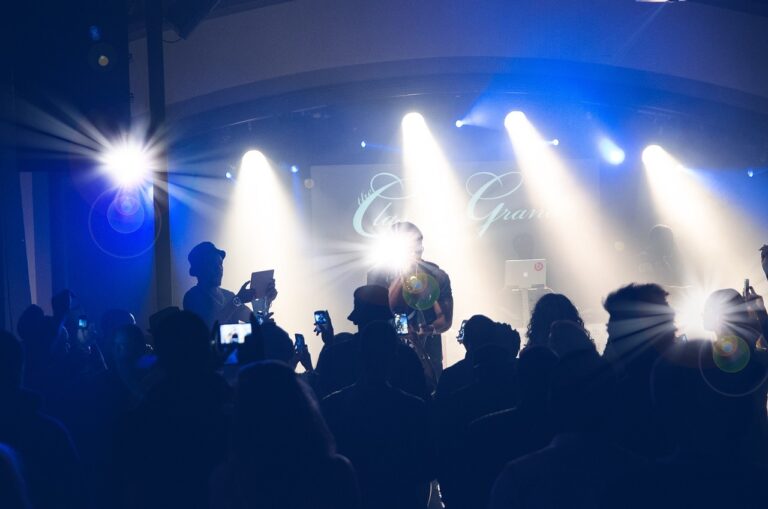AR Filters in Social Media: Changing Self-Expression
Augmented Reality (AR) filters have taken the social media world by storm, transforming the way people interact and engage with content online. What started as a fun way to add virtual elements to photos and videos has now become a powerful tool for self-expression and creativity. Platforms like Instagram and Snapchat have embraced AR filters, allowing users to personalize their content and make it more visually appealing.
The popularity of AR filters can be attributed to their ability to enhance user experiences and increase engagement on social media platforms. Brands and influencers have leveraged these filters to create interactive and immersive content that resonates with their audience. As more users seek unique ways to stand out in a crowded digital landscape, AR filters have become an essential tool for capturing attention and fostering digital interaction.
Evolution of Self-Expression Online
In the digital age, self-expression has taken on new forms with the evolution of online platforms. Social media has become a key medium for individuals to showcase their creativity and personality through various tools and features. One such significant development in this space has been the rise of Augmented Reality (AR) filters, which have transformed the way users present themselves online.
AR filters allow individuals to enhance their photos and videos with unique visual effects, animations, and overlays. These filters not only add a fun and creative element to content but also enable users to express themselves in a more dynamic and engaging manner. As a result, AR filters have become increasingly popular across various social media platforms, leading to a new era of self-expression where users can experiment with different styles and looks to reflect their personality and mood.
Impact of AR Filters on User Engagement
AR filters have become a powerful tool in shaping user engagement on various social media platforms. By providing an interactive and visually appealing experience, these filters have captivated users’ attention and encouraged increased interaction with posts. Users are more likely to spend time engaging with content that offers fun and unique AR filters, ultimately leading to higher levels of user engagement and a stronger connection between creators and their audience.
Moreover, the novelty and creativity of AR filters contribute to users’ desire to share content with their friends and followers. The shareability of AR-filtered posts not only enhances user engagement but also expands the reach of content across social networks. As users share posts featuring AR filters, they are actively promoting and endorsing the content, thereby amplifying its impact and increasing overall user engagement on social media platforms.
What are AR filters?
AR filters are digital overlays that can be applied to photos and videos to enhance or alter the appearance of the content.
How are AR filters used in social media?
AR filters are commonly used in social media platforms like Instagram and Snapchat to add unique and creative effects to selfies and other photos/videos.
What is the purpose of using AR filters?
AR filters are used to enhance self-expression online, create engaging content, and increase user engagement on social media platforms.
How do AR filters impact user engagement?
AR filters can increase user engagement by encouraging people to create and share more content, as well as increasing the time spent on a platform by users.
Are AR filters a passing trend or a lasting feature in social media?
While trends in social media can come and go, AR filters have become a staple feature in many platforms and are likely to continue evolving and being used by users for the foreseeable future.







